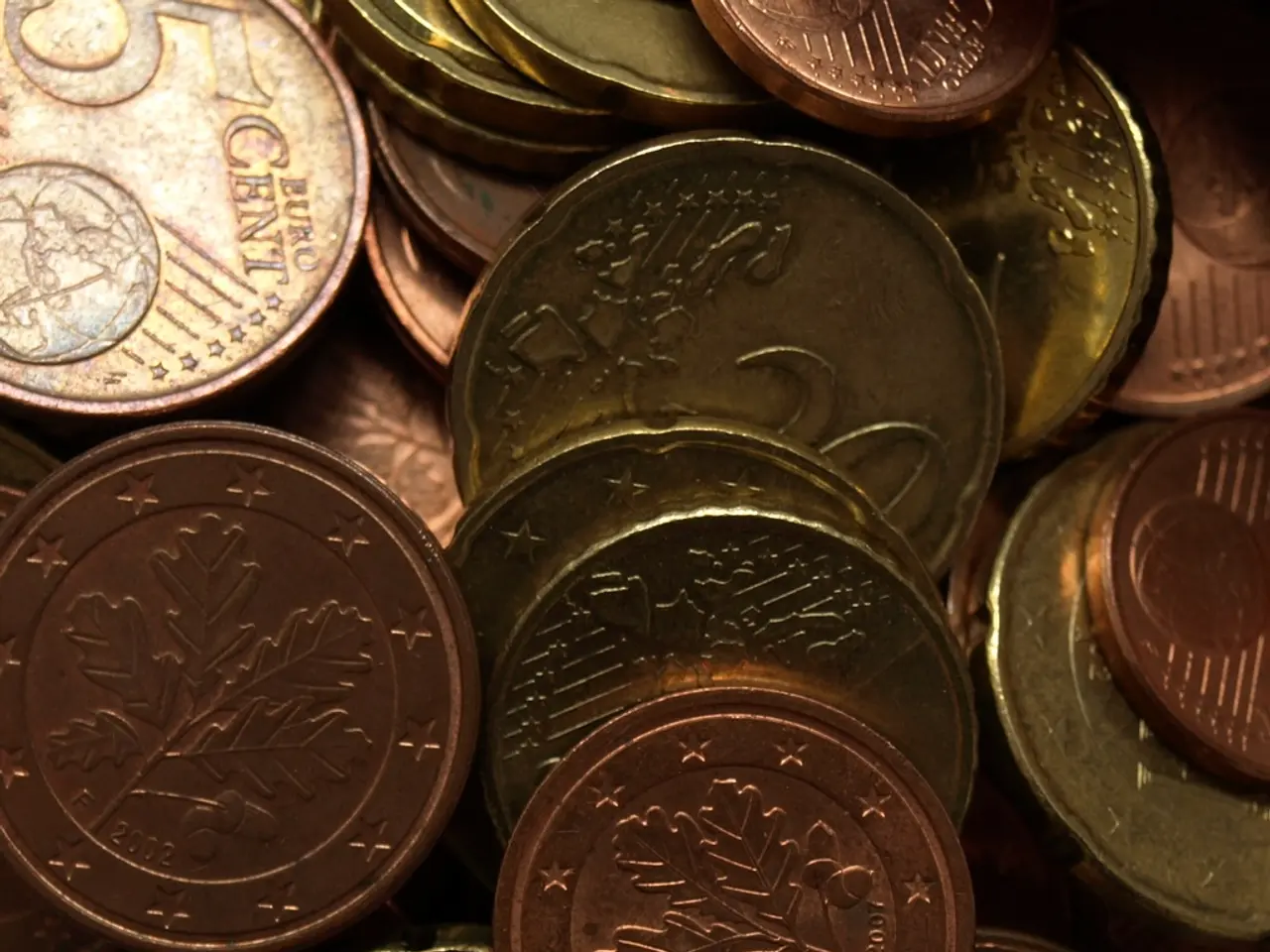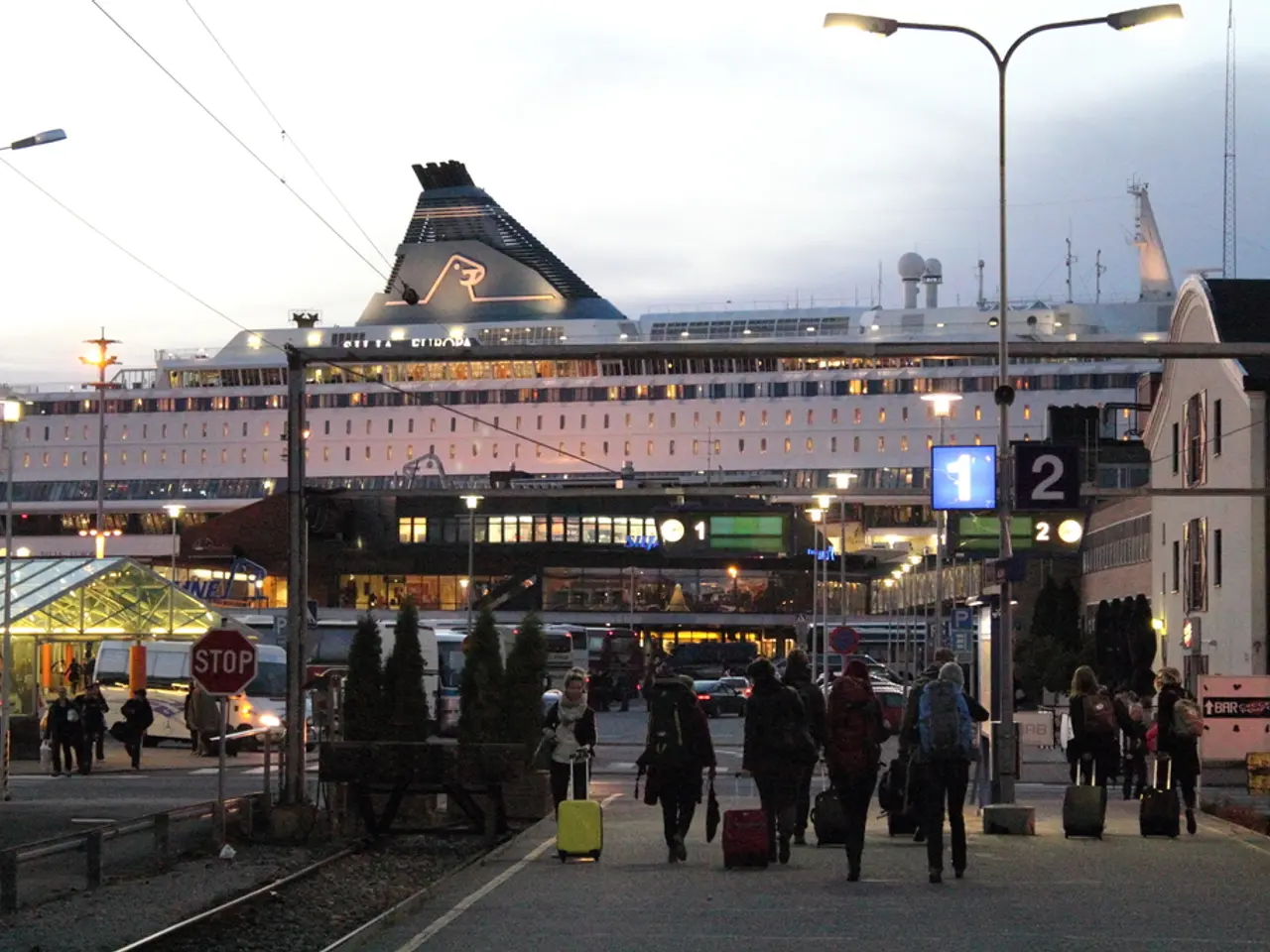Shifting Poverty Measurements in India: Transitioning from Quantifying the Impoverished to Fostering Last-mile Prosperity
The World Bank's latest data reveals a substantial and sustained decline in poverty levels in India over the last decade. The bank's revised international poverty line, which is based on 2021 purchasing-power-parity (PPP) prices, has raised the global extreme-poverty line from $2.15 to $3 a day.
According to this new standard, India's extreme poverty rate has sharply declined from around 27.1% in 2011-12 to approximately 5.3% in 2022-23. This represents a reduction of nearly 270 million people lifted out of extreme poverty during this period.
If the poverty line for lower-middle-income countries ($4.20 per day) is applied, India's poverty rate is estimated at 23.9% in 2022-23, down from over 60% in 2011-12. This corresponds to hundreds of millions escaping poverty and a narrowing rural-urban poverty gap.
The World Bank's strategy for addressing poverty in India is grounded in both equity and efficiency. The bank's proposals aim to address pockets of persistent deprivation masked by measurement debates. The strategy involves a calibrated, multidimensional, and technologically enabled approach to translate statistical victories into lived prosperity.
The bank's approach is not limited to income-based measures. The World Bank's Purchasing-Power-Parity (PPP) poverty lines are complemented by the National Multidimensional Poverty Index (MPI), which measures poverty using multiple deprivation indicators beyond income, such as health, education, and living standards.
The MPI shows a parallel significant decline, with India's MPI rate falling from about 29% in 2013 to 11.3% in 2022, reflecting more than 200 million people who moved out of multidimensional deprivation in this period. States such as Uttar Pradesh, Bihar, and Madhya Pradesh have exhibited the most notable improvements in MPI, showing regionally significant poverty reduction.
In conclusion, both income-based (PPP) measures and the multidimensional poverty index confirm that India has made remarkable progress in reducing poverty over the past decade, with hundreds of millions lifted out of deprivation whether measured by income or broader social indicators. However, a quarter of Indians still live on less than ₹87, revealing a 'vulnerability zone' one shock away from poverty relapse.
References: [1] World Bank (2022). Poverty and Shared Prosperity 2022: Reversals of Fortune. World Bank, Washington, DC. [2] NITI Aayog (2022). India's Multidimensional Poverty Index 2022. NITI Aayog, New Delhi. [3] Oxford Poverty and Human Development Initiative (2022). Multidimensional Poverty Index 2022: India. Oxford University Press, Oxford.
The World Bank's strategy for India's economic transformation involves a multidimensional approach, integrating income, health, education, and living standards, as highlighted by the National Multidimensional Poverty Index (MPI). Finance plays a crucial role in this strategy, with the World Bank providing assistance to bridge the gap between the poverty line and lived prosperity in various business sectors. The bank's revised international poverty line, paired with the MPI, demonstrates a substantial decline in extreme poverty as well as multidimensional deprivation in India over the last decade.




